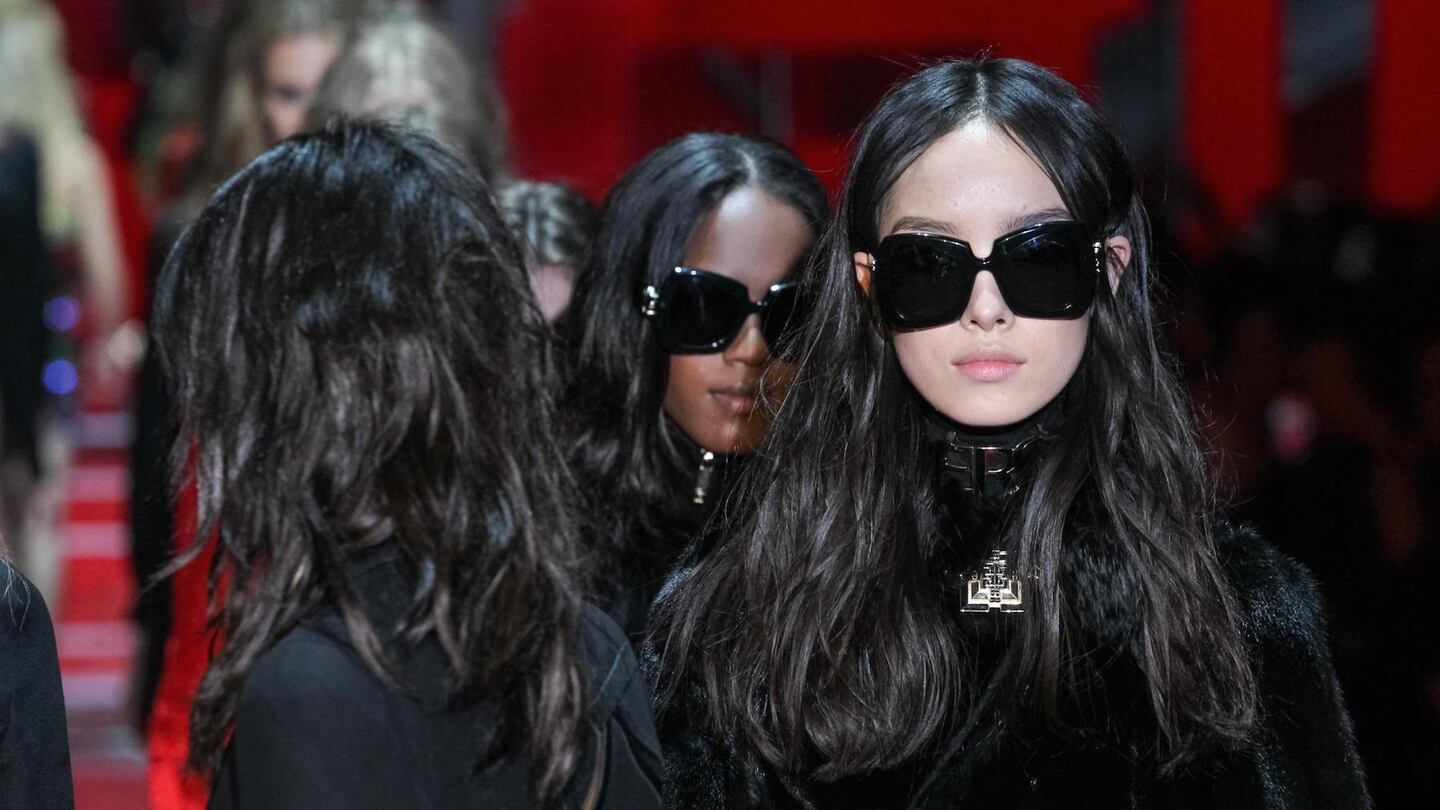
The Business of Fashion
Agenda-setting intelligence, analysis and advice for the global fashion community.

Agenda-setting intelligence, analysis and advice for the global fashion community.

LONDON, United Kingdom — Fashion imagery isn't about selling real life. Even something ostensibly real, like normcore, is only cool when it's shown on slim, youthful bodies — not on 50-year-olds. Fashion's inability to incorporate non-white bodies goes along with its inability to include non-skinny bodies and non-youthful bodies as well.
When you see a different body type featured in fashion media, it tends to be used as an exception, or as an expression of a particular “creative vision.” By using black bodies or Asian bodies in a way that means they register as “different,” even when they’re consecrated as beautiful. Their rarity endorses the normalisation of the white body — because they stand out.
This has a long history and it’s not just to do with fashion. Fashion didn’t invent the tendency to regard certain types of Caucasian bodies as beautiful. There’s a pre-history in art, literature and drama, of presenting a certain type of European as the cultural ideal. The details change — pre-Twiggy, bodies were more curvaceous — but the conceptualisation of whiteness as a quality of the beautiful body has remained constant.
In historical and sociological terms, blackness has a long history of being conceptualised as ugly and unfeminine, during the period of colonisation and slavery. Historical images and definitions of femininity are often racialised and ethnicised, as much as they are gendered. Think about the image of the Southern Belle — that's an image of white womanhood. The ideal of the gracious, leisured, delicate white belle was dependent on the racial exploitation of black men and women's bodies in plantation slavery, and also on the conceptualisation of femininity as a quality of white women alone. Black women were positioned, in contrast, as masculine and sometimes bestial labourers.
ADVERTISEMENT
For Asian women, different histories of imperialism have produced different stereotypes. The orientalist idea of the passive, delicate Asian woman is one stereotype; the idea of “the mystery behind the veil” of Islamic women is another. We see these stereotypes reactivated time after time, when designers plunder or “take inspiration” from other cultures. Think about the fashion for tribal designs or the use of oriental garment shapes — this rarely has anything to do with the people and cultures that created those aesthetics.
We also see it in the fashion media, which, for far too long, has used people of colour as a backdrop for fashion shoots in exotic locations. In editorials or advertising campaigns, white models wearing couture stand in front of local non-white or indigenous people, whose own clothes are depicted as the opposite of fashion: timeless rather than timely, collective rather than individual. They’re in the background and their presence throws into relief the cool fashionability of the white model.
It’s not only in the so-called West where we find a hierarchy of beauty. There are racialised hierarchies of beauty in many parts of Asia, or consider the market for straightening or relaxing products for Afro hair. It’s a legacy of slavery, colonialism and post-colonial elites, but in many cultures paler skin and Causacian hairstyles are preferred as a sign of beauty.
Casting directors tell me that they want to include more ethnic diversity in campaigns, but they face challenges from brands. There’s an informal understanding within the sector that only some clients will consider casting a model who is not white. But as these fashion brands focus more on emerging markets, you would think they would be interested in models that represent the demographics of those markets. I think we are going to see some changes.
Firstly, the concept of diversity is widening — look at the H&M campaign featuring a woman in hijab that went viral this month. For the last ten years, the mainstream fashion industry has been missing a trick by not catering to women who dress modestly due to their faith. But what’s really interesting is that H&M’s campaign didn’t just include a woman in hijab — it included all sorts of visible diversity. There was a model with a prosthetic limb, models of different ages and sizes and models whose visual presentation indicated diversity in terms of religious and ethno-religious identity — not just race.
I think the widening frame of what counts as “diversity” is very encouraging, but we still need to be cautious. Will we find that, as some non-normative bodies, whether they’re non-normative in terms of ethnicity, shape, age or religion, become consecrated as cool, that this will render other types of bodies unfashionable, undesirable and undervalued? We need industry insiders, academic researchers, media commentators and the next generation of designers and marketers to promote a more inclusive and respectful idea of “diversity."
As told to Helena Pike.
Reina Lewis is professor of cultural studies at London College of Fashion and author of 'Muslim Fashion: Contemporary Style Cultures.'
From analysis of the global fashion and beauty industries to career and personal advice, BoF’s founder and CEO, Imran Amed, will be answering your questions on Sunday, February 18, 2024 during London Fashion Week.
The State of Fashion 2024 breaks down the 10 themes that will define the industry in the year ahead.
Imran Amed reviews the most important fashion stories of the year and shares his predictions on what this means for the industry in 2024.
After three days of inspiring talks, guests closed out BoF’s gathering for big thinkers with a black tie gala followed by an intimate performance from Rita Ora — guest starring Billy Porter.